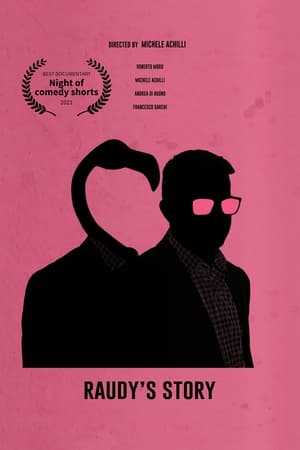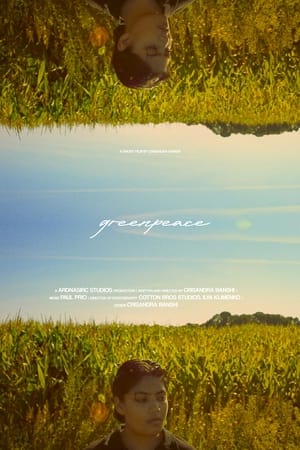

The Rainbow Warriors of Waiheke Island(2010)
In this politically charged documentary, survivors of the 1985 attack on the Greenpeace ship the &NFi;Rainbow Warrior&NFi_; recount the vessel's history and its key role in increasing public awareness of nuclear testing on Mururoa Atoll in the Pacific. What began as a "rusty old ship" became a symbol of Greenpeace's environmental activism -- and eventually attracted the attention of the French secret service.

Movie: The Rainbow Warriors of Waiheke Island

The Rainbow Warriors of Waiheke Island
HomePage
Overview
In this politically charged documentary, survivors of the 1985 attack on the Greenpeace ship the &NFi;Rainbow Warrior&NFi_; recount the vessel's history and its key role in increasing public awareness of nuclear testing on Mururoa Atoll in the Pacific. What began as a "rusty old ship" became a symbol of Greenpeace's environmental activism -- and eventually attracted the attention of the French secret service.
Release Date
2010-01-28
Average
0
Rating:
0.0 startsTagline
Genres
Languages:
Keywords
Similar Movies
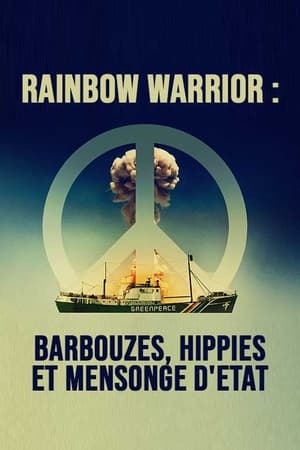 8.0
8.0Rainbow Warrior(en)
The Rainbow Warrior was a Greenpeace ship that was bombed by operatives of the French government, in New Zealand in 1985, while heading to a protest against nuclear testing, tragically taking the life of photographer Fernando Pereira. Edward McGurn’s enlightening and exciting documentary uncovers a tangled tale of nuclear weapons, geopolitical coverups, and attempts to take action against impending environmental collapse. Was Pereira’s death an accident or part of a larger political plot?
 7.7
7.7Cowspiracy: The Sustainability Secret(en)
Follow the shocking, yet humorous, journey of an aspiring environmentalist, as he daringly seeks to find the real solution to the most pressing environmental issues and true path to sustainability.
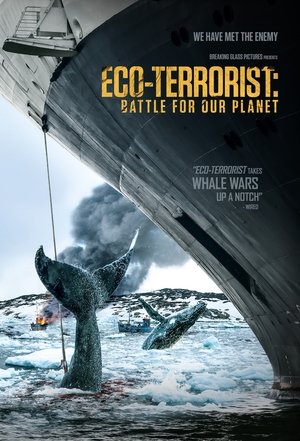 0.0
0.0Eco-Terrorist: Battle for Our Planet(en)
Eco-Terrorist: The Battle for Our Planet follows the most wanted environmentalist today, Captain Paul Watson. In this unique and groundbreaking film, Brown takes a deeper look into what really goes on behind the scenes in the deep waters of our world. More pranks, the glory of successful missions, and fiercer encounters with some of the most infamous and illegal marine hunters, while stopping at nothing to protect wildlife on a global scale. The film takes the audience right to the frontlines of the modern day environmental movement via those who started it.
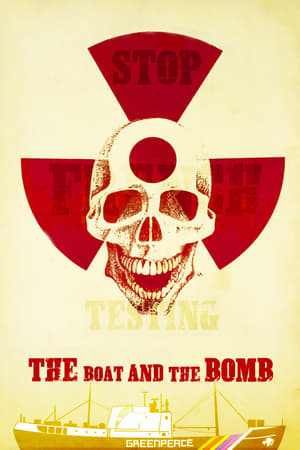 8.0
8.0The Boat and the Bomb(en)
In Aukland Harbour, New Zealand, on July 10th 1985, French navy combat frogmen placed two mines against the hull of the Greenpeace flagship Rainbow Warrior, sinking the ship and killing photographer Fernando Pereira.
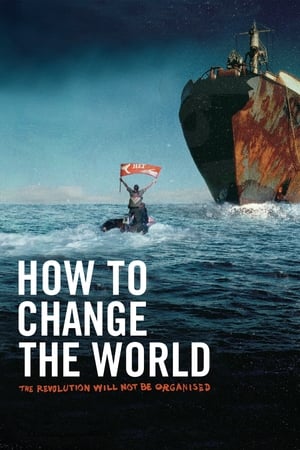 7.1
7.1How to Change the World(en)
In 1971, a group of friends sail into a nuclear test zone, and their protest captures the world's imagination. Using never before seen archive that brings their extraordinary world to life, How To Change The World is the story of the pioneers who founded Greenpeace and defined the modern green movement.
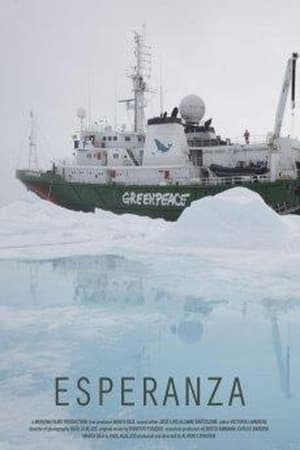 0.0
0.0Esperanza(es)
Based on one of the Esperanza's voyages to the Arctic, this short documentary chronicles life aboard the Greenpeace ship. Through conversations with the crew, we will discover her motivations for risking her life defending the planet so far from home.
Black Ice(en)
When the Greenpeace ship Arctic Sunrise set sail in 2013 to protest the first ever oil drilling in the Arctic Ocean, none of the people on board could have known what was coming. Seized at gunpoint by Russian special forces, the 'Arctic 30' were thrust into headlines all over the world, facing up to 15 years in prison and finding themselves at the centre of a bitter international dispute.
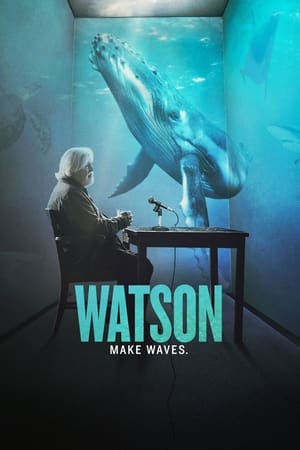 7.3
7.3Watson(en)
Co-founder of Greenpeace and founder of Sea Shepherd, Captain Watson is part pirate, part philosopher in this provocative documentary about a man who will stop at nothing to protect what lies beneath.
 7.4
7.4Angry Inuk(en)
With "sealfies" and social media, a new tech-savvy generation of Inuit is wading into the world of activism, using humour and reason to confront aggressive animal rights vitriol and defend their traditional hunting practices. Director Alethea Arnaquq-Baril joins her fellow Inuit activists as they challenge outdated perceptions of Inuit and present themselves to the world as a modern people in dire need of a sustainable economy.
Jagdzeit - Den Walfängern auf der Spur(fr)
The film accompanies a motley crew of idealists on board the Greenpeace ship "Esperanza" on their mission to prevent the Japanese whaling fleet from hunting the endangered animals in the Arctic Ocean. The documentary shows how the Esperanza attempts to pick up the trail of the whalers in the endless expanses of the Southern Ocean, who for their part want to avoid a confrontation. Using tiny inflatable boats, the animal rights activists try to obstruct the fleet as much as possible, risking their lives. A race against time begins. Angela Graas' film largely dispenses with gory images and simple black-and-white imagery.
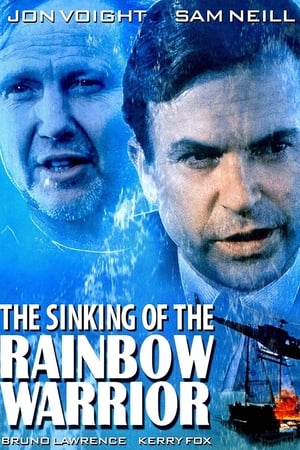 5.0
5.0The Rainbow Warrior(en)
Peter Wilcox, as skipper of the 'Rainbow Warrior', a Greenpeace ship, docks in Auckland, July 1985, preparing for a protest against French nuclear testing in the south pacific. When a bomb rips open the vessel, killing a crew member, he must convince the police superintendent that this is an act of terrorism. Determined not to allow outside forces to threaten their harbor, the police embark on a pursuit of the persons responsible. The events that follow nearly bring down an allied nation's government.
 6.7
6.7Big Miracle(en)
A small-town news reporter and a Greenpeace volunteer enlist the help of rival superpowers to save three majestic gray whales trapped under the ice of the Arctic Circle.
 5.8
5.8Smog Journeys(zh)
Jia Zhangke's short film for Greenpeace East Asia depicts the effects of air pollution in northeast China, a region frequently blanketed in dangerous levels of air pollution. 'Smog Journeys' traces two families from two different backgrounds; one a mining family in Hebei province, and the other a trendy middle class family in Beijing. Both face a similar fate. Air pollution is one of China's most pressing environmental and health issues. Greenpeace calls for a shift from coal to clean renewable energy, as well as short term measures that better safeguard people's health.
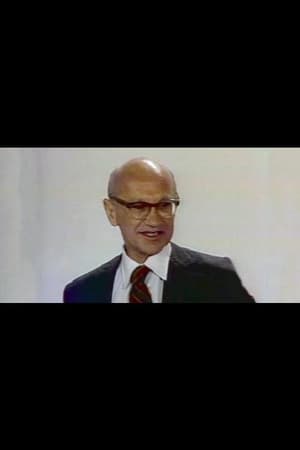 0.0
0.0Who Protects the Consumer?(en)
Lecture given at Ford Foundation in New York City as part of the 'Milton Friedman Speaks' series.
 6.0
6.0The Devil's Confession: The Lost Eichmann Tapes(en)
A few weeks before the opening of the Eichmann trial, transcripts of recorded conversations that Adolf Eichmann had with a Dutch Nazi journalist, Willem Sassen, were mysteriously handed over to prosecutor Gideon Hausner. The conversations were held a few years before Eichmann was brought to Israel by the Mossad. During the trial, Eichmann tried to convince that he was only a bureaucrat who carried out orders, but in the transcripts, Eichmann was found boasting and proud of his significant role in planning and executing the Final Solution. For the first time, we will confront Eichmann with himself in full color, revealing the hidden factors and motives that succeeded in hiding these recordings.
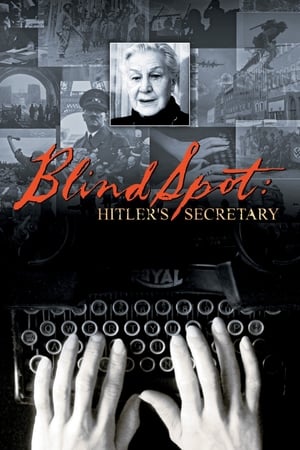 6.4
6.4Blind Spot: Hitler's Secretary(de)
Documentarians Andre Heller and Othmar Schmiderer turn their camera on 81-year-old Traudl Junge, who served as Adolf Hitler's secretary from 1942 to 1945, and allow her to speak about her experiences. Junge sheds light on life in the Third Reich and the days leading up to Hitler's death in the famed bunker, where Junge recorded Hitler's last will and testament. Her gripping account is nothing short of mesmerizing.
Screening from Within(zh)
"Screening from Within" juxtaposes the historical trajectories of the Chinese adoption of the Soviet “cinefication” movement and the contemporary transformations of itinerant film projection in China. Migrant workers of Beijing and Chengdu, rural inhabitants of Anhui, Sichuan and the Aba Tibetan Autonomous Prefecture, as well as projectionists from today and yesterday, share their thoughts, memory and experience about government and NGO-sponsored film screenings. Many of them remember the times when itinerant screening attracted huge crowds of viewers. Others—the younger ones—take video cameras in their own hands to film “from within.”
